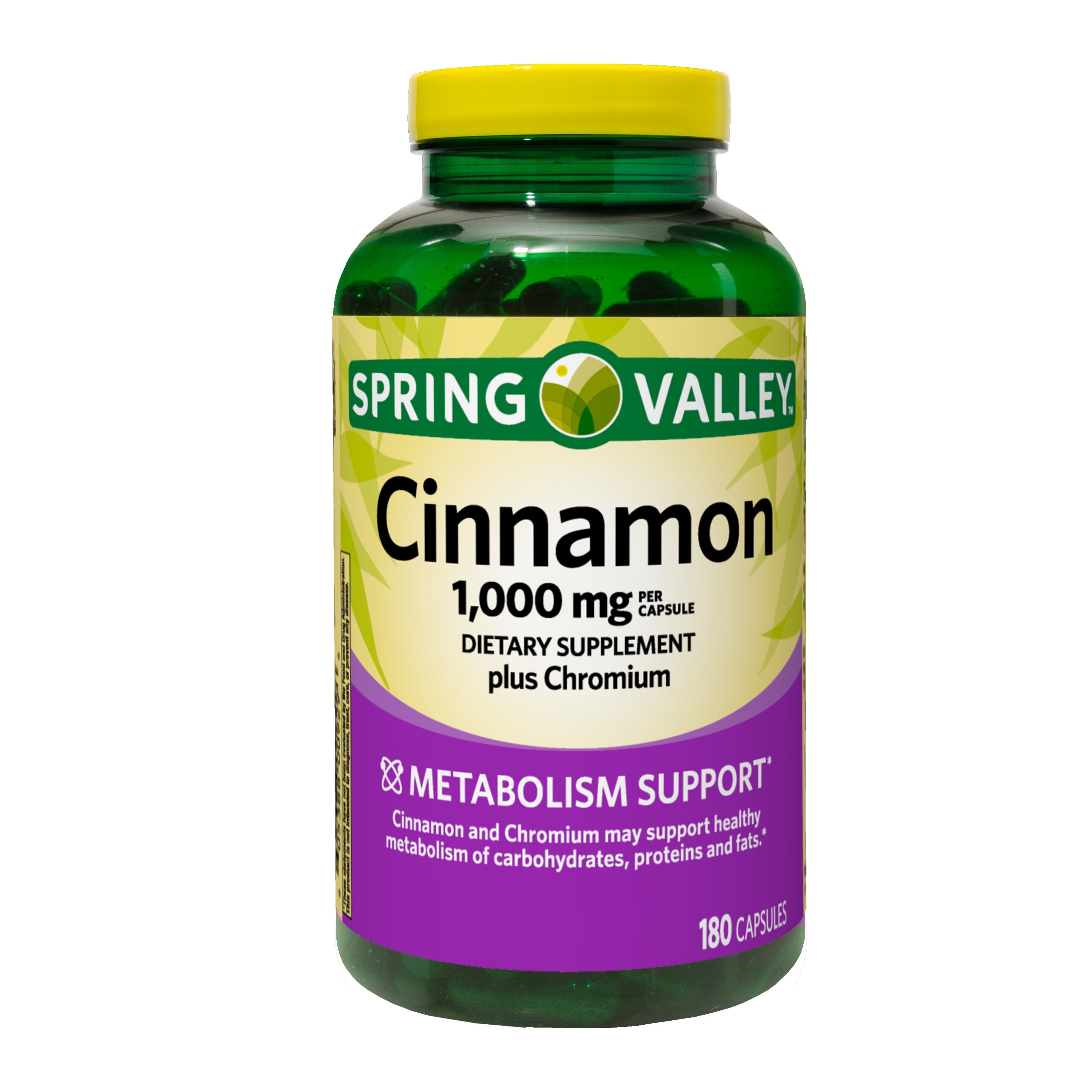
Cinnamon and chromium at vitamin world trial#
Trial registration, baseline/eligibility testing, allocation, and follow-up were all conducted in accordance with Consolidated Standards of Reporting Trials guidelines ( Schulz et al. Before being enrolled, all participants received and signed a consent form. Also, the trial was registered at (registration No.IRCT20191204045605N1). The Ethics committee of Mashhad University of Medical Sciences approved the study protocol (approval No. The present study is a double-blind randomized placebo-controlled trial. To shed light on possible effects of cinnamon on blood glucose/lipid profile as well as blood pressure, in the present trial, we administered cinnamon to S1HTN patients for 90 days and evaluated the above-noted parameters. Similarly, a hypotensive effect was found for this extract in NTR and SLHR also, authors suggested that the extract’s vasorelaxant activity in the rat thoracic aortic ring segments, is probably mediated through modulation of L-type voltage-sensitive calcium channels ( Wansi et al. Intravenous administration of the extract led to a significant decrease in blood pressure in all animals ( Nyadjeu et al.

zeylanicum extract on the blood pressure were assessed. In an animal study done in normotensive (NR) rats, salt-loaded hypertensive rats (SLHR), L-NAME hypertensive rats (LNHR) and spontaneously hypertensive rats (SHR), effects of C.

showed that based on data reported by three randomized clinical trials, administration of cinnamon (at doses ranging 0.5 to 2.4 g/day for 12 weeks) results in remarkable decrement of SBP and DBP in patients with prediabetes and diabetes type II ( Akilen et al. 2017).Įffect of cinnamon on blood pressure is a controversial issue as besides trials that reported its blood-pressure lowering effect, there are reports that found cinnamon ineffective in this context ( Azimi et al. In a randomized double -blind control trial, 16-week administration of 3 g cinnamon per day to subjects with metabolic syndrome, led to significant decreases in fasting blood sugar (FBS), glycosylated haemoglobin (HbA1C) and body mass index (BMI) as well as marked improvements of blood pressure, serum total cholesterol, low-density lipoprotein (LDL-c) cholesterol, serum triglycerides (TG), and high-density lipoprotein (HDL-c) cholesterol ( Jain et al. With respect to the blood lipid profile, cinnamon could decrease LDL-c but improve HDL-c ( Allen et al. anti-inflammatory, anti-oxidant, anti-diabetic, and anti-obesity) ( Jayaprakasha and Rao 2011 Khan et al. Generally, major chemicals reported to be present in cinnamon include coumarin, cinnamic acid, eugenol, and cinnamaldehyde that contribute to its pharmacological properties (e.g. Nevertheless, both plant species contain phytochemicals such as eugenol, cinnamaldehyde, and camphor ( Gruenwald et al. These two species mainly differ in terms of coumarin (1, 2-benzopyrone) level ( Archer 1988). Two main species of Cinnamomum, Cinnamomum zeylanicum and Cinnamomum cassia, exert antitumoral and antioxidant properties ( Kawatra and Rajagopalan 2015). Cinnamon has been also traditionally used in cuisine as a flavoring/coloring agent ( IM et al. The genus Cinnamon with nearly 250 species, contains trees of 10-17 m high that grow in Southern America, Southeastern Asia and Australia ( Mousavi et al.

In different corners of the world, cinnamon has been used by various cultures since long ago. At the same time, ambulatory blood pressure measurements were found to be satisfactory correlated to all-cause mortality and vascular events in hypertensive African Americans while ambulatory measurements of SBP and DBP added to the identification of patients at risk beyond clinic blood pressure measurements ( Yano et al. For patients with stage 1 hypertension (S1HTN) defined by systolic blood pressure (SBP) of 140–159 mm Hg or diastolic blood pressure (DBP) of 90–99 mm Hg ( Brook and Rajagopalan 2018 Whelton et al., 2018), evidence accumulates that treated patients with controlled blood pressure levels have significant lower rates of mortality and stroke ( Thomopoulos et al. This relationship seems to pertain to mild hypertension as well. Several studies have shown the continuous relationship of blood pressure and cardiovascular disease ( Lewington et al.


 0 kommentar(er)
0 kommentar(er)
